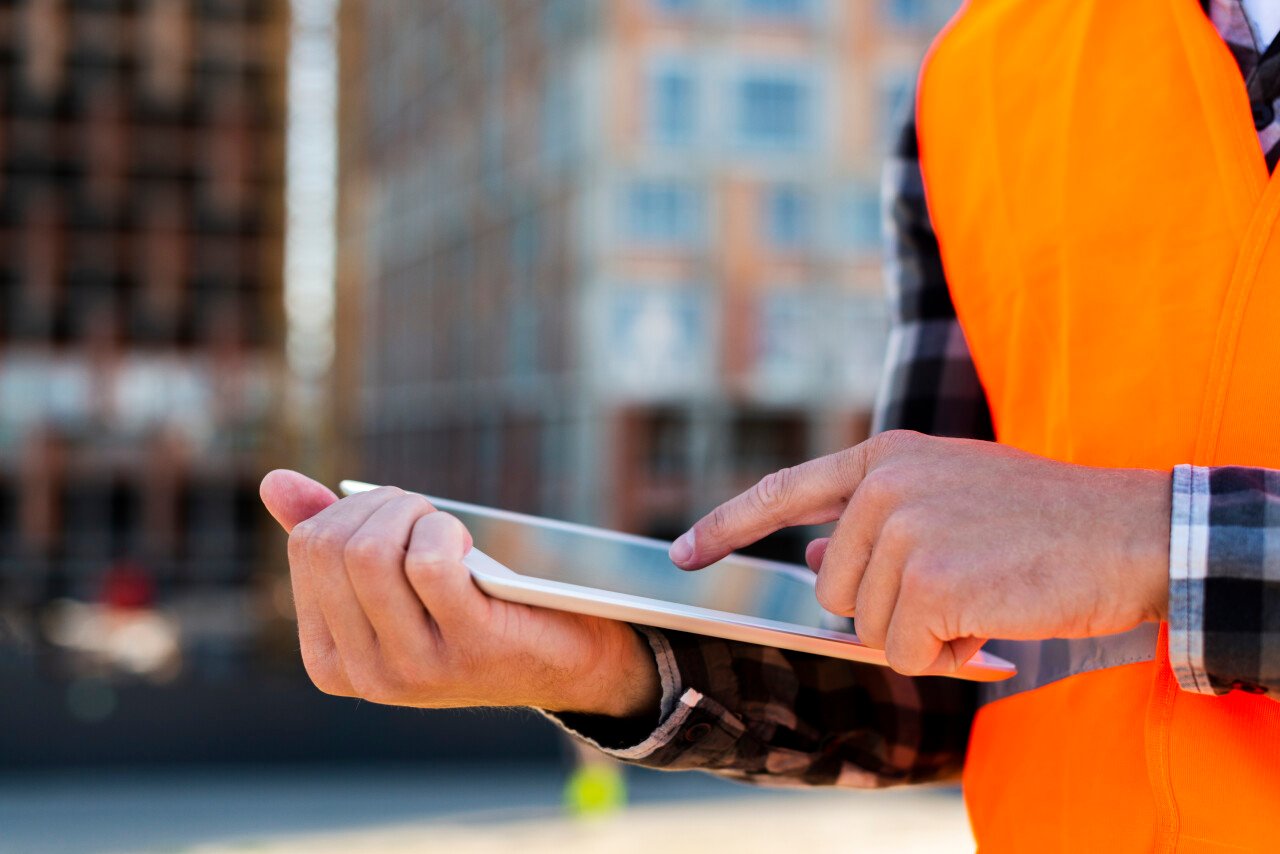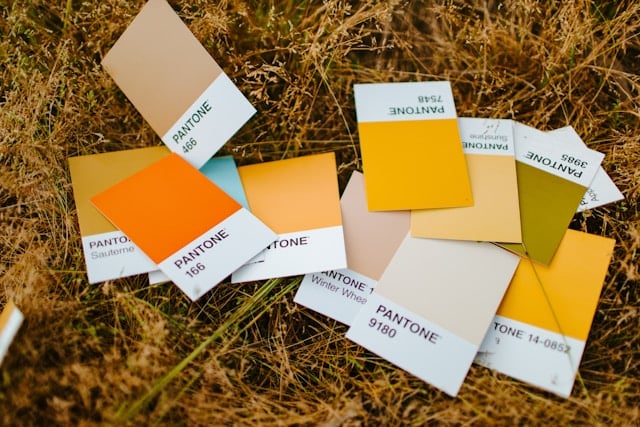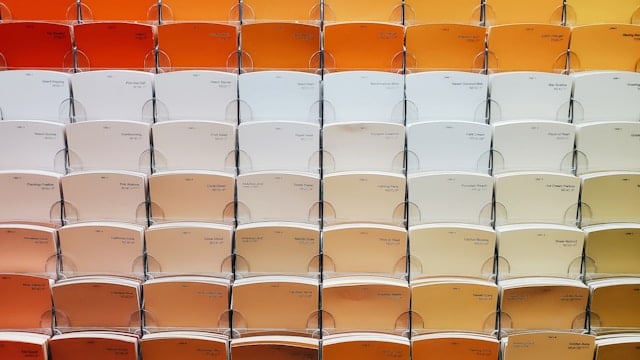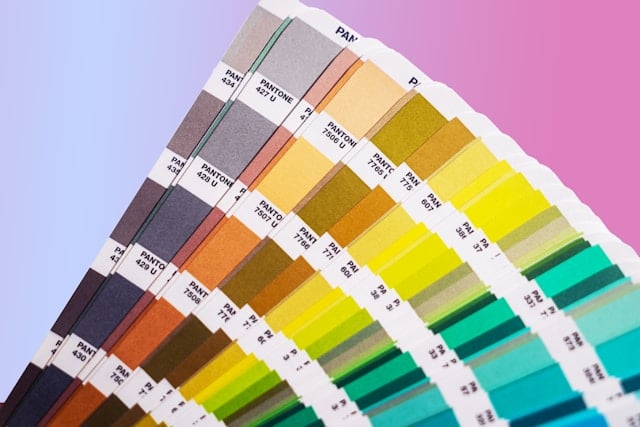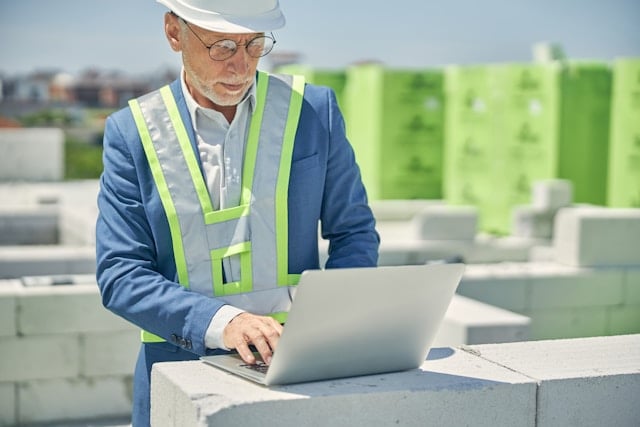Energy Efficiency in High-Rise Buildings: Leveraging Technology for Sustainable Development
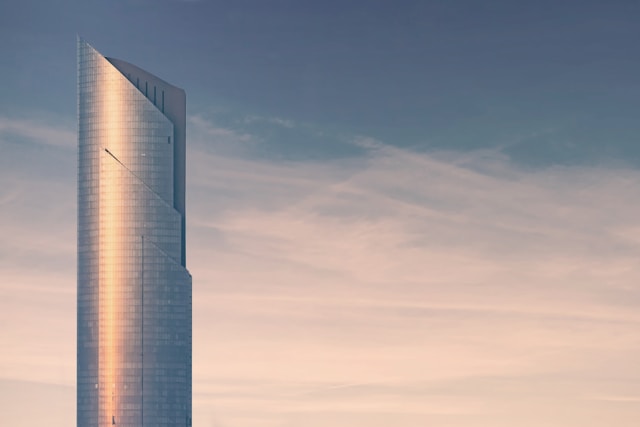
In rapidly growing cities like Dubai and Abu Dhabi, high-rise buildings are synonymous with modern urban living. However, these towering structures come with their own set of challenges, particularly in terms of energy consumption. As sustainability becomes a priority, the construction and operation of high-rise buildings are being revolutionized by advanced technologies designed to improve energy efficiency. Here's how these technologies are making high-rises more sustainable and eco-friendly.
1. Smart HVAC Systems
Heating, ventilation, and air conditioning (HVAC) systems account for a significant portion of a building’s energy consumption, especially in high-rises where cooling is essential. Smart HVAC systems use real-time data and IoT sensors to monitor and adjust temperatures based on occupancy, external weather conditions, and energy demand. These systems ensure that energy is not wasted on cooling empty spaces or overcooling in milder weather, helping to reduce energy consumption.
2. Advanced Insulation Materials
The use of advanced insulation materials in high-rise buildings significantly improves energy efficiency by maintaining internal temperatures and reducing the need for artificial heating or cooling. Materials like aerogels, reflective coatings, and eco-friendly insulation products help keep buildings cool in the UAE's hot climate, lowering overall energy consumption.
3. Energy-Efficient Glass and Window Technologies
Windows are a major source of heat gain and loss in high-rise buildings. Energy-efficient glass technologies, such as low-emissivity (Low-E) glass and smart windows, are now being integrated into modern high-rise structures. These windows reduce heat transfer while maximizing natural light, reducing the reliance on artificial lighting and air conditioning systems. Some smart windows even adjust their tint automatically, optimizing indoor temperatures.
4. Building Management Systems (BMS)
A comprehensive Building Management System (BMS) is key to optimizing energy efficiency in high-rise buildings. These systems control various building functions, including lighting, HVAC, and security, based on real-time data. By automating these processes and adjusting energy use according to demand, BMS helps reduce energy waste and ensures that the building operates as efficiently as possible.
5. Renewable Energy Integration
High-rise buildings are increasingly incorporating renewable energy sources such as solar panels. Rooftop solar installations and building-integrated photovoltaics (BIPV) allow these structures to generate a portion of their energy on-site, reducing their reliance on non-renewable sources. In a sun-rich environment like the UAE, leveraging solar energy is an effective way to make high-rise buildings more sustainable.
6. LED Lighting and Daylighting Solutions
Lighting accounts for a significant amount of energy use in high-rise buildings, particularly in commercial spaces. Switching to LED lighting and implementing daylighting strategies can drastically reduce energy consumption. LED lights are not only more efficient than traditional lighting, but they also last longer, reducing maintenance costs. Daylighting solutions, such as skylights and strategically placed windows, maximize natural light, further reducing the need for artificial lighting during the day.
7. Water Efficiency Technologies
While energy efficiency is often the main focus, water conservation is equally important in sustainable high-rise development. Water-efficient fixtures, greywater recycling systems, and rainwater harvesting technologies reduce water consumption and ensure that buildings operate sustainably in water-scarce regions like the UAE.
Energy efficiency is a critical aspect of high-rise building design and operation, particularly in regions like the UAE where high temperatures lead to increased energy demands. By leveraging advanced technologies such as smart HVAC systems, energy-efficient windows, and renewable energy integration, developers can create high-rise buildings that are not only sustainable but also cost-efficient in the long run. MawadOnline offers a wide range of sustainable materials and technologies that support energy-efficient high-rise construction projects across the Gulf region.
 Building Materials
Building Materials
 Tools & Machinery
Tools & Machinery
 Plumbing
Plumbing
 Electrical Supplies
Electrical Supplies
 Air Conditioning
Air Conditioning
 Safety & Security
Safety & Security
 Finishing Materials
Finishing Materials
 Hardware & Fasteners
Hardware & Fasteners
 Lighting & Electrical Fixtures
Lighting & Electrical Fixtures
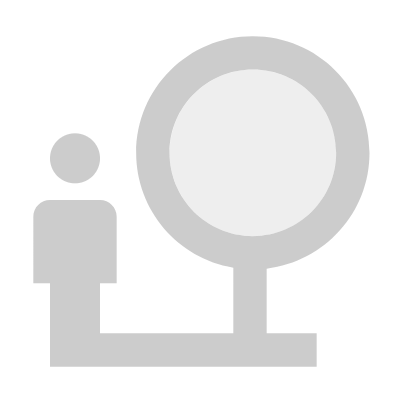 Landscaping & Outdoor
Landscaping & Outdoor
 Construction Services
Construction Services
 Construction Technology & Software
Construction Technology & Software
